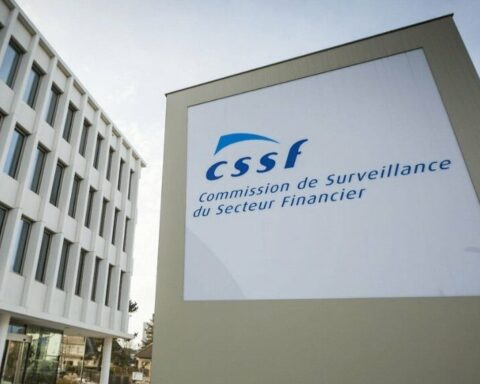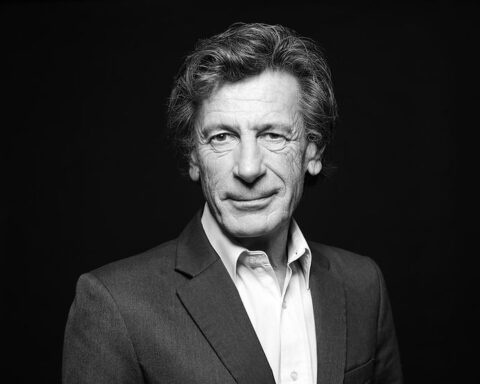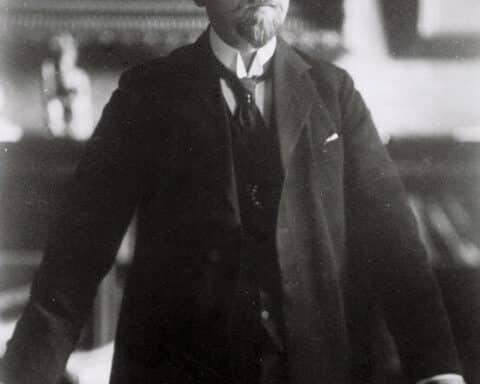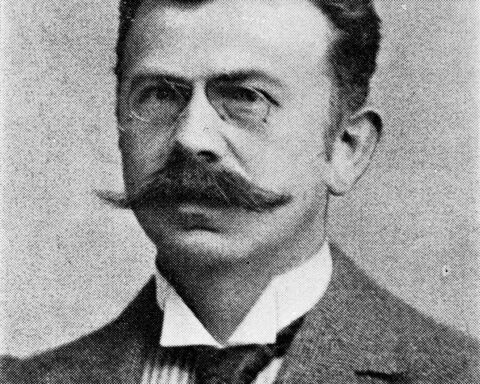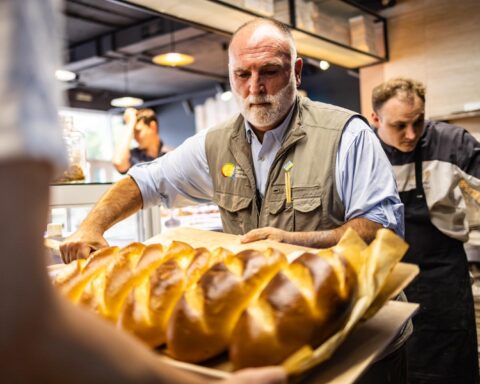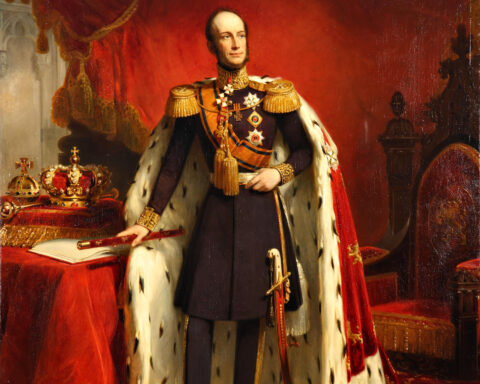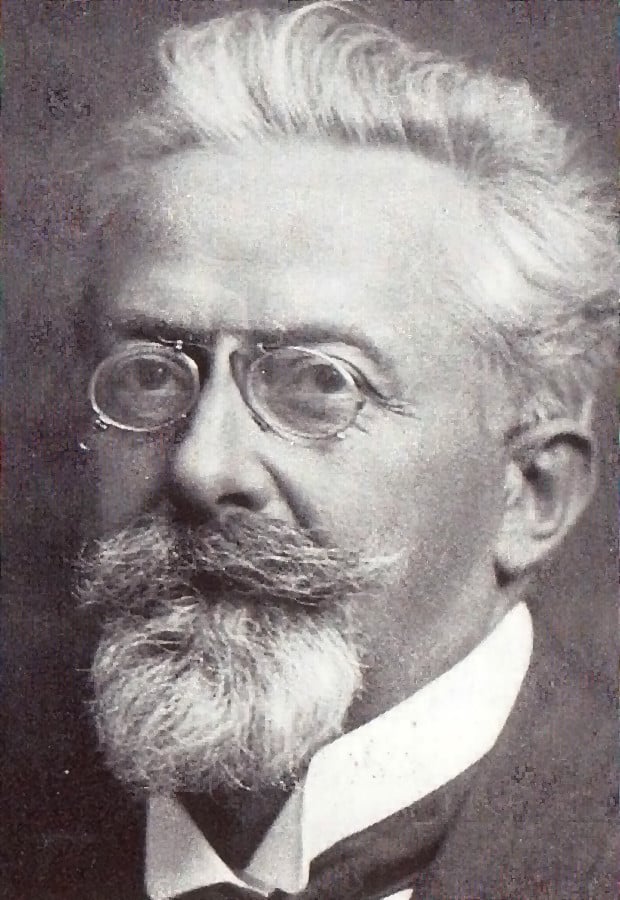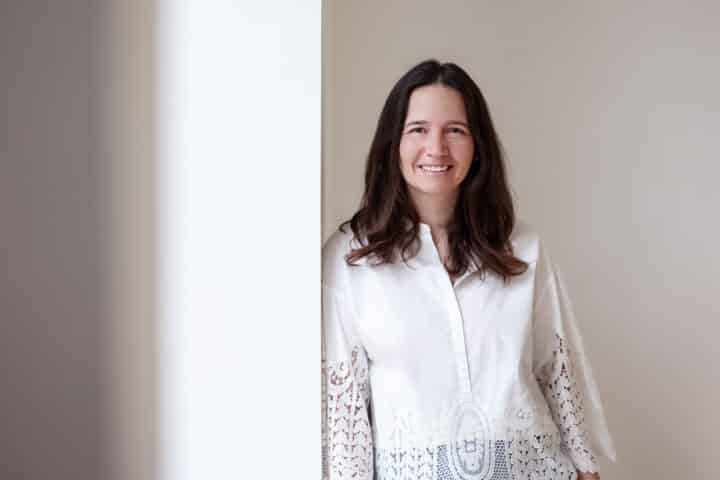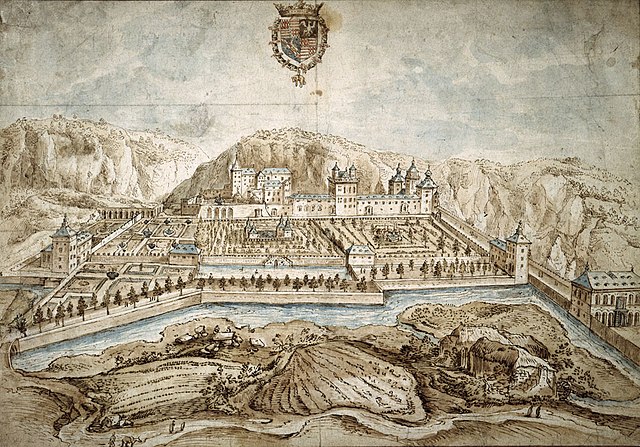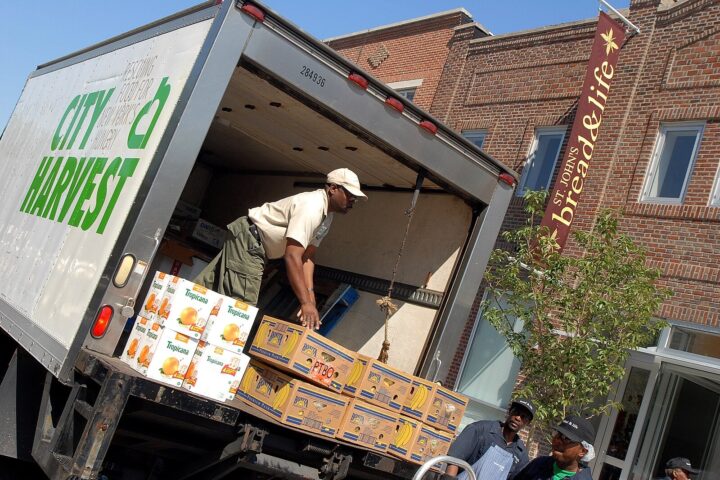Sosthène Weis, born in 1872, shaped Luxembourg’s early 20th-century identity as both a public architect and prolific painter. His architectural designs and over 5,000 watercolours captured the built and natural landscape of a changing country.
Architectural Work
Sosthène Weis was born on 29 January 1872 in Mertzig and studied civil engineering in Aachen and Munich. He began his career in Bavaria but returned to Luxembourg, where he became State Architect in 1905. In this role, he designed major public buildings such as the Hôtel des Postes in Luxembourg City, the Lycée technique des arts et métiers, and the Maison de Santé in Ettelbrück. He also developed the orangery at Mondorf Thermal Park and extensions to the spa facilities in Mondorf-les-Bains. In 1917, Sosthène Weis became Chief Architect for the steel group ARBED, co-designing its Luxembourg headquarters and worker housing alongside architect René Théry. His style merged classical clarity with functional design, contributing to Luxembourg’s urban development during a period of institutional expansion.
Artistic Career
Alongside his architectural responsibilities, Sosthène Weis painted over 5,000 watercolours, primarily depicting Luxembourg’s urban and rural environments. His early artworks were precise and detailed, reflecting his architectural training. Around 1915, his technique shifted towards a romantic post-impressionist approach, using vibrant tones—such as ochres, blues, and violets—and favouring mood and atmosphere over structural detail. He often returned to the same location multiple times, portraying it in different weather and lighting conditions. This body of work not only demonstrated artistic sensibility but also served as a visual archive of Luxembourg’s transformation. Sosthène Weis painted widely across the country—from the Alzette valley to the industrial south—and during his travels in Turkey, Tunisia, Greece, and the Balkans. His paintings continue to be held in national collections and frequently appear in exhibitions dedicated to Luxembourgish heritage.

“Weis didn’t just draw buildings; he told stories – with a paintbrush.”
Legacy and Recognition
Sosthène Weis died on 28 July 1941 in Luxembourg City. His dual contribution to architecture and painting has been widely recognised in the country. In 2022, POST Luxembourg issued a commemorative stamp marking the 150th anniversary of his birth. Designed by Binsfeld Communication and printed by Bpost Stamps Factory, the €0.80 stamp depicted one of Weis’s characteristic watercolours, combining urban form with atmospheric light. It was released on 18 March 2022 as part of a special issue also celebrating national milestones. His legacy endures in the physical fabric of Luxembourg’s public architecture and its cultural memory, preserved through a prolific artistic output documenting the Grand Duchy across four decades.

